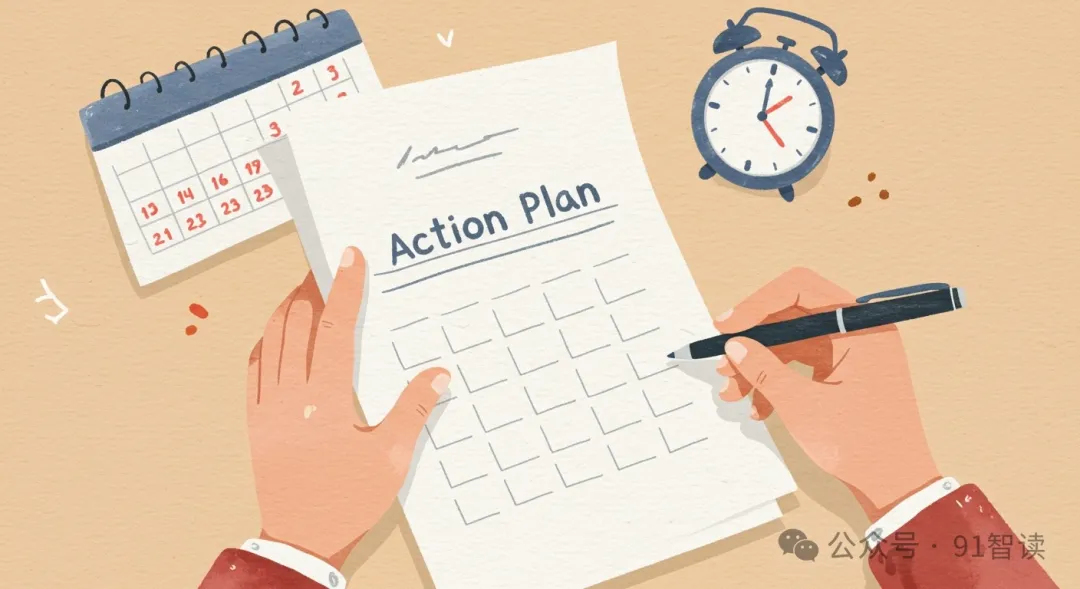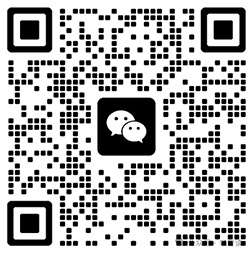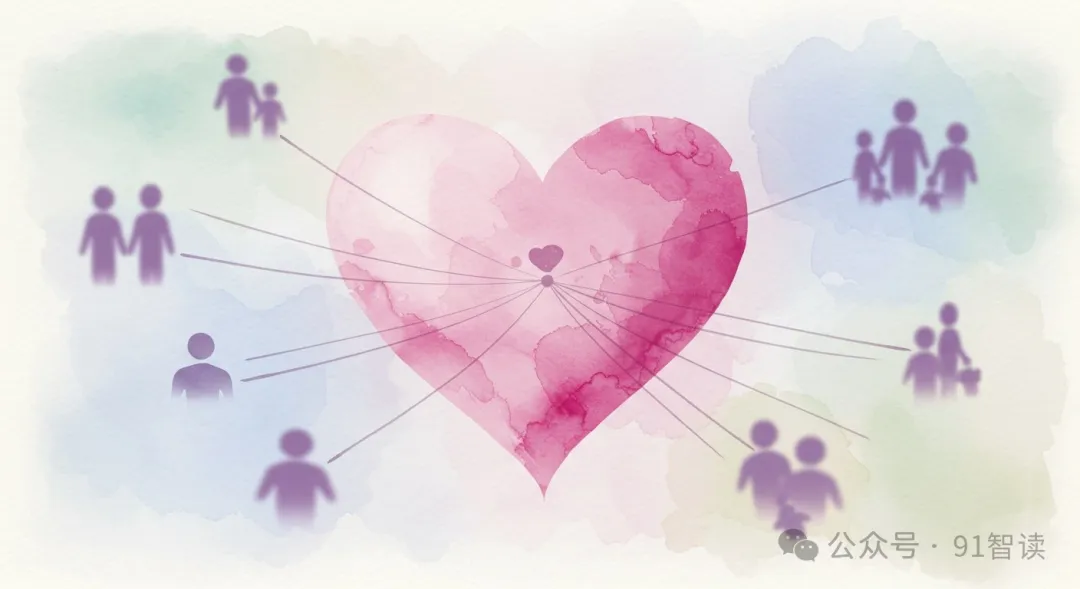Finding the Right Problem is Half the Success

Let’s continue with the topic of “crucial conversations.” In the previous article, we introduced what crucial conversations are (serious consequences, differing viewpoints, easily triggering emotions), as well as the prerequisites for communication: creating a safe communication environment and following the STATE principles during conversations. Besides these, there are two more important aspects that I think are worth exploring with you.
Choosing the Right Problem

Finding the right problem is key to effective communication. If we don’t identify the correct problem, even the best discussion that follows will be meaningless. So how do we find the right problem?
First, define the depth of the problem:
- Surface problem: Looking at a single incident without extrapolation, for example: Xiaoming was late today.
- Pattern problem: Issues that have occurred repeatedly and show a trend, for example: Xiaoming has been late for 2 consecutive weeks. In this case, you can’t treat it as a surface problem; you need to analyze the pattern behind it.
- Relationship problem: Persistent issues that have affected your relationship, for example: Xiaoming is frequently late, missing morning meetings, and the team has started to distrust him, impacting team collaboration.
Then simplify the problem description: This step ensures that the problem can be described clearly and concisely. Remember not to raise multiple issues at once, as this will only make communication more confusing. For example: With Xiaoming’s repeated tardiness, focus only on the causes of this issue; problems with team collaboration and delayed project delivery can be addressed separately to avoid deviating from the core of the conversation.
Focus on your true needs: Sometimes, problems can cloud our judgment. At these times, we need to ask ourselves: “What do I really want?” and “What’s happening with our relationship? What can I do about it?” This step is about clarifying your true goals and avoiding being troubled by surface issues. For example: When talking with Xiaoming, the aim is to understand the reasons behind his tardiness in order to solve team trust and collaboration issues. Your goal is to improve overall team performance and maintain a good collaborative atmosphere.
Choose the right setting for communication: Even if you’ve identified the real problem through the above methods, the final step is to assess whether now is the right time to initiate communication and whether the setting is appropriate. Will public communication make someone lose face? Does the issue need to be raised today? Consider these points and evaluate the benefits and risks of raising or expanding on the issue at this moment.
Turning Conclusions into Actions

Compared to the stages of “finding the right problem,” “creating a safe environment,” and “opening up the topic,” “turning conclusions into actions” is the simplest, yet indispensable.
This step is about ensuring that the results of the communication can be delivered, by whom, and when.
Therefore, it’s necessary to determine what the next action items are, who will follow up, who will check, and the final deadline.
Only when this last step is completed can we consider the entire communication process finished.
Universal Principles
Communication is not just about exchanging words; it’s a bridge for solving problems and connecting hearts, and it enables us and our teams to grow together. Technologies change, problems change, but the ability to break down problems and find answers remains fundamental to navigating change and achieving continuous growth.
Let’s ask ourselves more often in every communication, “Is this really the problem I need to solve?” and think one step further, “What change can this communication bring?” When you apply these principles to work and life, you’ll find that methods are universally applicable.
👇Scan the QR code with WeChat to follow “91WiseRead” for daily updates and growth together.

👇Welcome to add me as a WeChat friend to discuss growth stories together.



